Posts in category Uncategorized
Celebrating Professors
During the first half of the 20th century, it seems to have been customary to make certificates, posters or books to commemorate special events. The Archive includes a number of photo albums showing laboratories in the University or even abroad, but three examples stand out, not least because of the considerable amount of work that went into them.
The first is a book made for Kluyver by three of his pupils (van Niel, Leeflang and Struyk) a few years after he became Delft’s Professor of Microbiology. The book compares Beijerinck’s 19th century approach to the wonders to be found in 1 gram of soil with Kluyver’s 20th century approach to the wonders associated with 1 gram of carbinol. That’s not students kneeling outside the Professor’s door in the 4th page, but representatives of industry!
The second is a handmade poster (about the size of a large double bed) that was made to mark the 25th anniversary of Kluyver’s inaugural lecture. It shows notable features from those 25 years, including sketches of the laboratory, Kluyver’s most famous work (The Unity in Diversity) and his inaugural address (“Rede”) in which he emphasized the importance of applied research. Every rectangle represents a story.
The Kluyver Flask (still used for growing submerged, well-mixed cultures) and a shaker for closed jars containing oxygen-free cultures are shown. During the Dutch “Starvation Winter” at the end of World War II, Delft’s Yeast and Spirits Factory gave their staff soup made from yeast extract at lunch time, and as one of their advisors, Kluyver regularly benefited from this at weekly meetings. Lastly, at a time when it was usual to stand if a Professor came into the room, the staff’s affection for Kluyver shines through in several squares teasing him about his smoking!
A book to mark van Iterson’s 25th anniversary as a Professor also falls into this category despite being essentially a photo album because the makers included all of his PhD students, postdocs and co-workers from other countries, showing who they were, what they did and what happened to them afterwards. van Iterson’s conviction that the primary job of a Professor is to teach is obvious from the fact that there’s 160 pages, each with one or more person on it. The example here shows J.E. van Amstel, the first woman to be granted a Doctorate in Delft.
Educational wall charts – where are they now?
During the second half of the 19th century and the early years of the 20th, a number of companies produced wall charts as teaching aids. The theme and quality varied enormously, but most of the ones intended for bioscience education are not only very detailed, but generally beautiful in their own right. They were sold singly, or by subscription. Subscribers were sent the charts as they became available (often 1-2 per year), together with explanatory books.
Delft’s collection includes several complete series, including those by Kny, Dodel-Port and the series known as the Tabulae Botanicae (often attributed to “Blakeslee et al”, but most of the posters are signed by R. Erlich). However, we also have a number of incomplete series which might be represented by a single example, or a few posters. Some complete series are available elsewhere. For example, the conifers chart shown here is number 16 of 50 by Albert Peter – a complete series is held by the University of Bourgogne. However, many seem to have been forgotten.
With the help of collections around the world, it has recently been possible to assemble an electronic complete series of Pfurscheller’s zoological charts (here represented by the fly). Representatives from other partial series are shown here:
The Mycorhiza chart is number 10 from “Pflanzenphysiolgische Wandtafeln” by Frank & Tschirch (we have 1-10 of 60), most of the series is held by the University of Utrecht, among others.
The sweetcorn is number 3 in series C of a set for general biology by Haecker & Mülberger. Series A and B are both currently known by single examples, and Delft currently has 1-4 of series C, the size of the complete set is unknown.
The flowers come from a set by O.W. Thome (Delft has numbers 15 & 23).
The microorganisms come from a series by W. Henneberg about microorganisms with positive or negative impacts on the fermentation industry. This is number 6, vinegar fermentation. Delft has 8 of an unknown number.
Delft’s first microbiologist – Antonie van Leeuwenhoek
Although the Delft School of Microbiology only dates back to Martinus Beijerinck and the late 19th century, it seems churlish to ignore Antonie van Leeuwenhoek on a blog discussing Delft microbiology just because he was 200 years too early. He was not a teacher and indeed actively resisted explaining his methods, but he did publish copiously about everything he saw with his magnifying glasses and simple microscopes, making him the first microbiologist (although not the first microscopist).
Today, van Leeuwenhoek is generally mentioned in connection with the discovery of microorganisms. However, his studies were much broader than that. He dissected insects, and examined anything that would fit on his microscope. His first letter to the Royal Society illustrates this clearly as it covers the sting, head and eye of the bee, and the structure of a louse as well as his observations of fungus that he said grew on leather, meat and other things.
Van Leeuwenhoek’s microbiological discoveries began in 1674 when he examined samples from the cloudy water of the Berkelsemeer, a lake near Delft that no longer exists, and found his famous “little animals”. His discovery of bacteria probably dates from his pepper water experiments in 1676, when he reported seeing extremely small animals among the others – a copy of the drawing that accompanied this letter was published by Henry Baker, and is shown here. “Fig IV” is probably the first appearance in print of a bacterium.
- Bright field microscopy of living protozoa
- Dark field microscopy of algae
- Facsimiles of van Leeuwenhoek microscopes
The film clip here – www.youtube.com/watch?v=OniSF8QrHac – shows what can be seen with facsimiles of van Leeuwenhoek microscopes.
And there’s an excellent website about our Founding Father here: http://lensonleeuwenhoek.net/

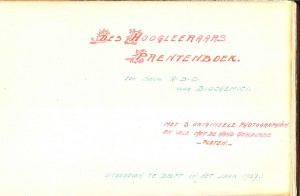
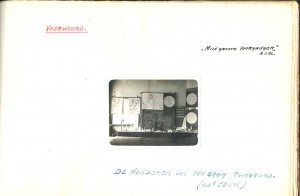
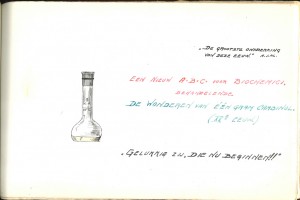
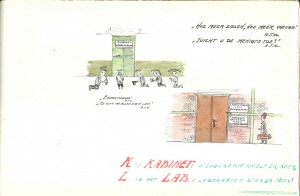
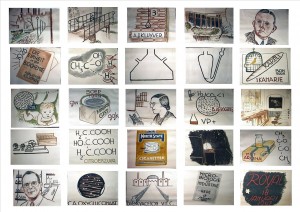

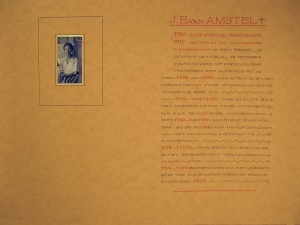
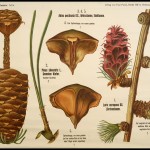
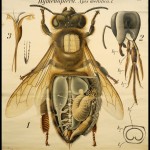
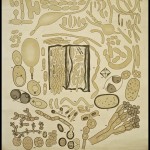
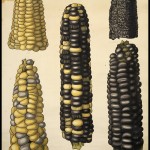

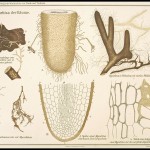
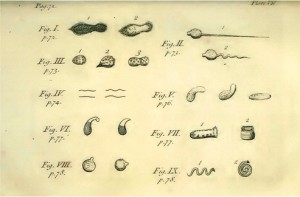

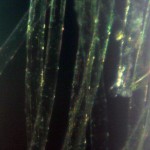

Recent Comments